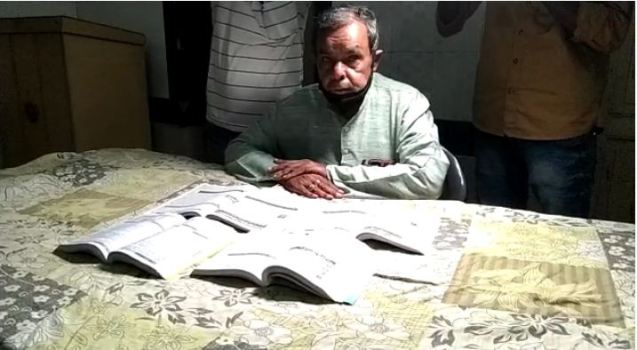Almanacs Differ Fuelling Confusion Over Conduct Of Rituals In Odisha

Puri: Almanacs prepared by pundits decide auspicious moments for rituals, social gatherings and guide all activities in general and Hindus in particular.
While people depend on almanacs approved by Muktimandap scholars on a daily basis for social and religious purposes, several people in Odisha have found bloomers in their computation for quite some time.
Interestingly, the Muktimandap scholas have approved two almanacs – Radharaman ephemeris and Kohinoor Press almanac – in the current Hindu calendar.
The Gajapati New Year as per Kohinoor Press almanac was September 17, 2021 whereas the Radharaman almanac has this date set to September 18, 2021. The date is also observed as Utkal’s New Year Day.
The two almanacs have prescribed two dates for the same event – Moon worship (Chandrapuja) – in the lunar months of Baisakh and Sravana. Dates of fasting for 14th lunar day in the dark fortnight of Sravana as per the two almanacs are also conflicting.
An ardent follower of panchang would get confused as there is no uniformity in the timing of planetary transits, entry and exit of Tithis (lunar days), Rashis (zodiac signs) and constellation movements in the ephemeris.
The Jagannath temple administration which regulates the functioning of both the almanac schools has failed to resolve the technical glitches leading to confusion in religious rituals and conduct of social events.
Parents and astrologers will find it difficult to cast a flawless chart with exact planetary configuration in a child’s horoscope in the current state of things. Hindu rituals surrounding deaths, births, marriage muhurats and other temple festivities are bound to climax in social conflicts.
“Astrologers and scholars may reject the ephemeris approved by Muktimandap if things continue in a state of uncertainties,” regretted almanac scholar Harisankar Mishra.

Comments are closed.